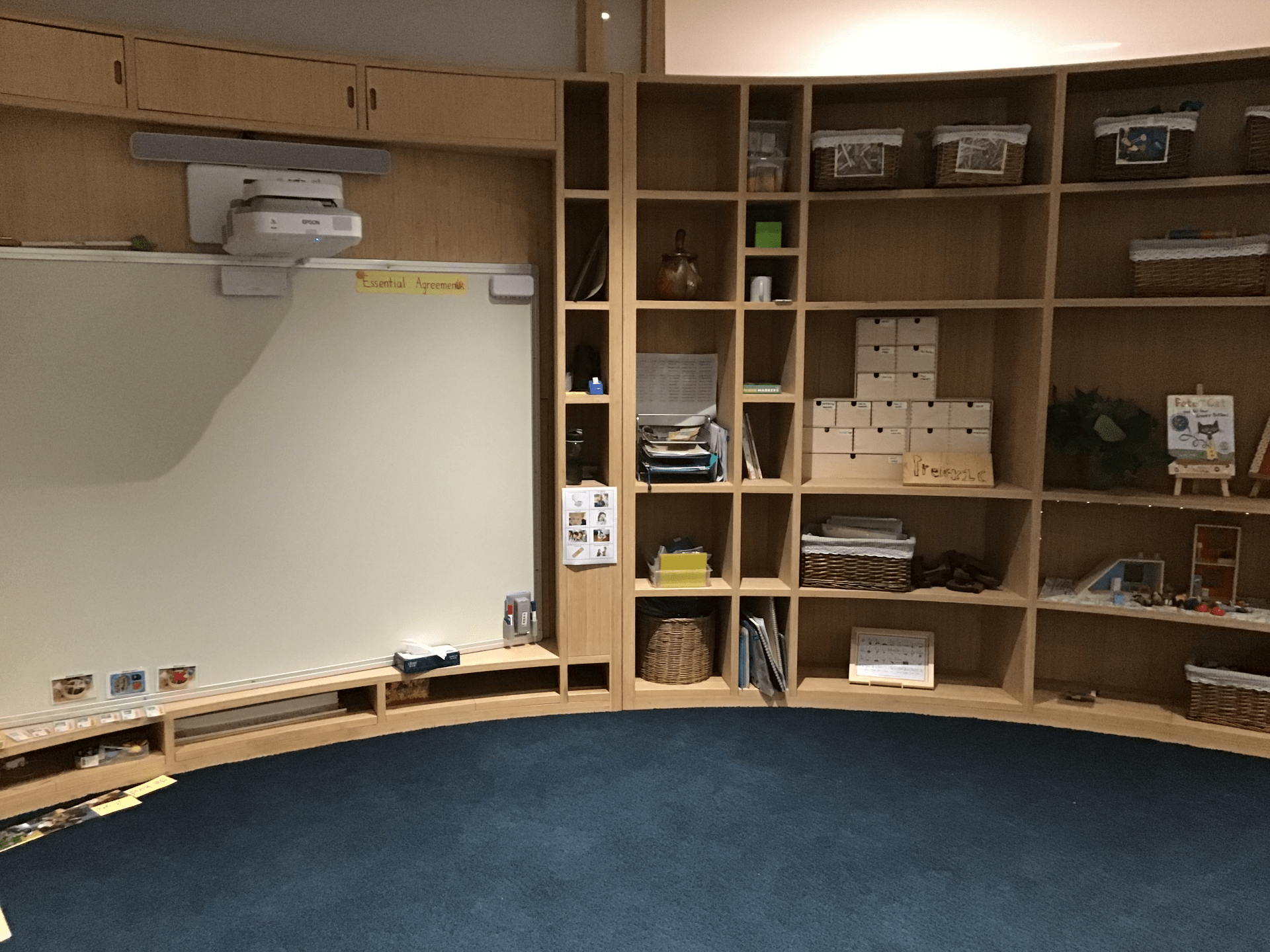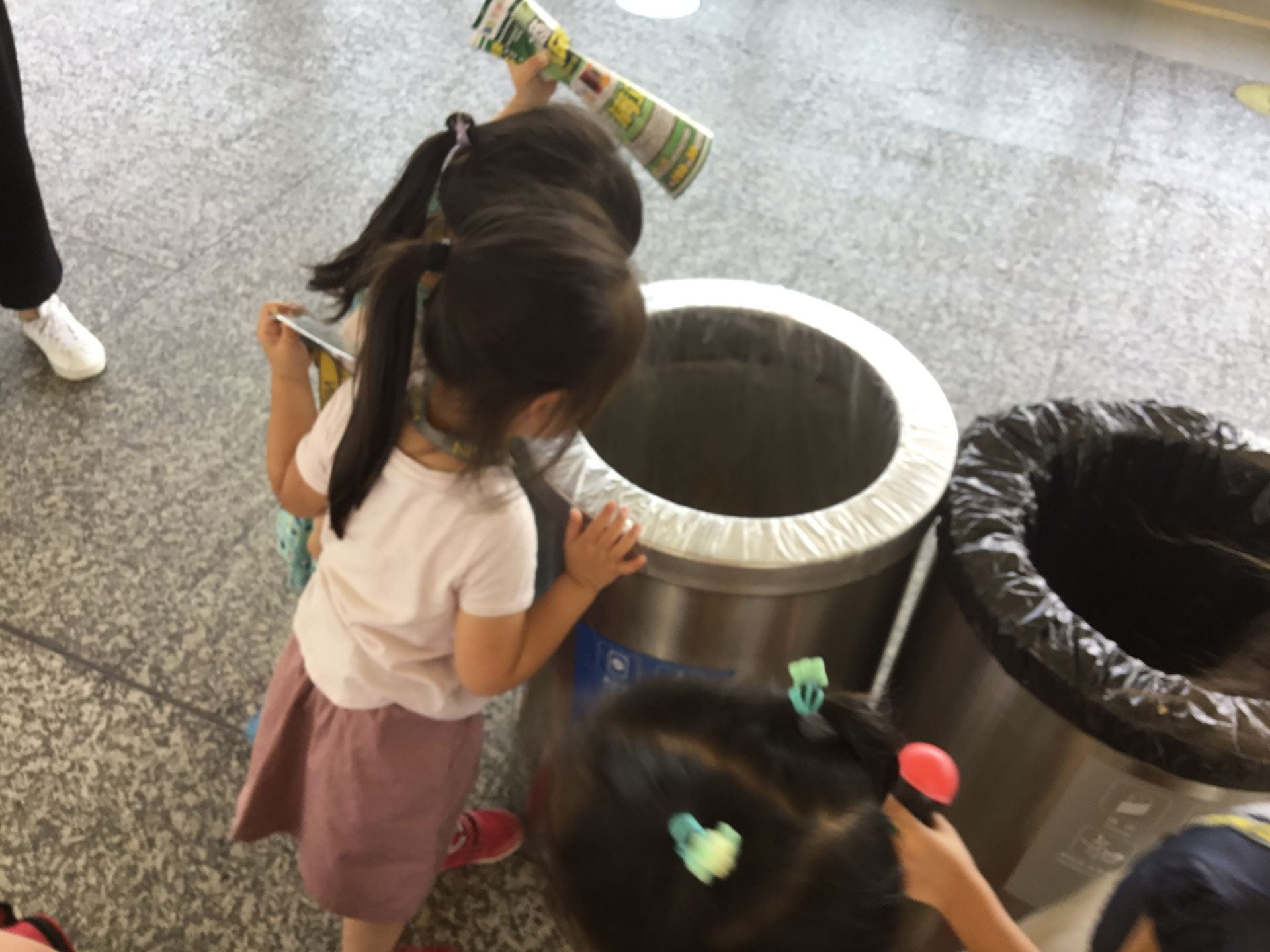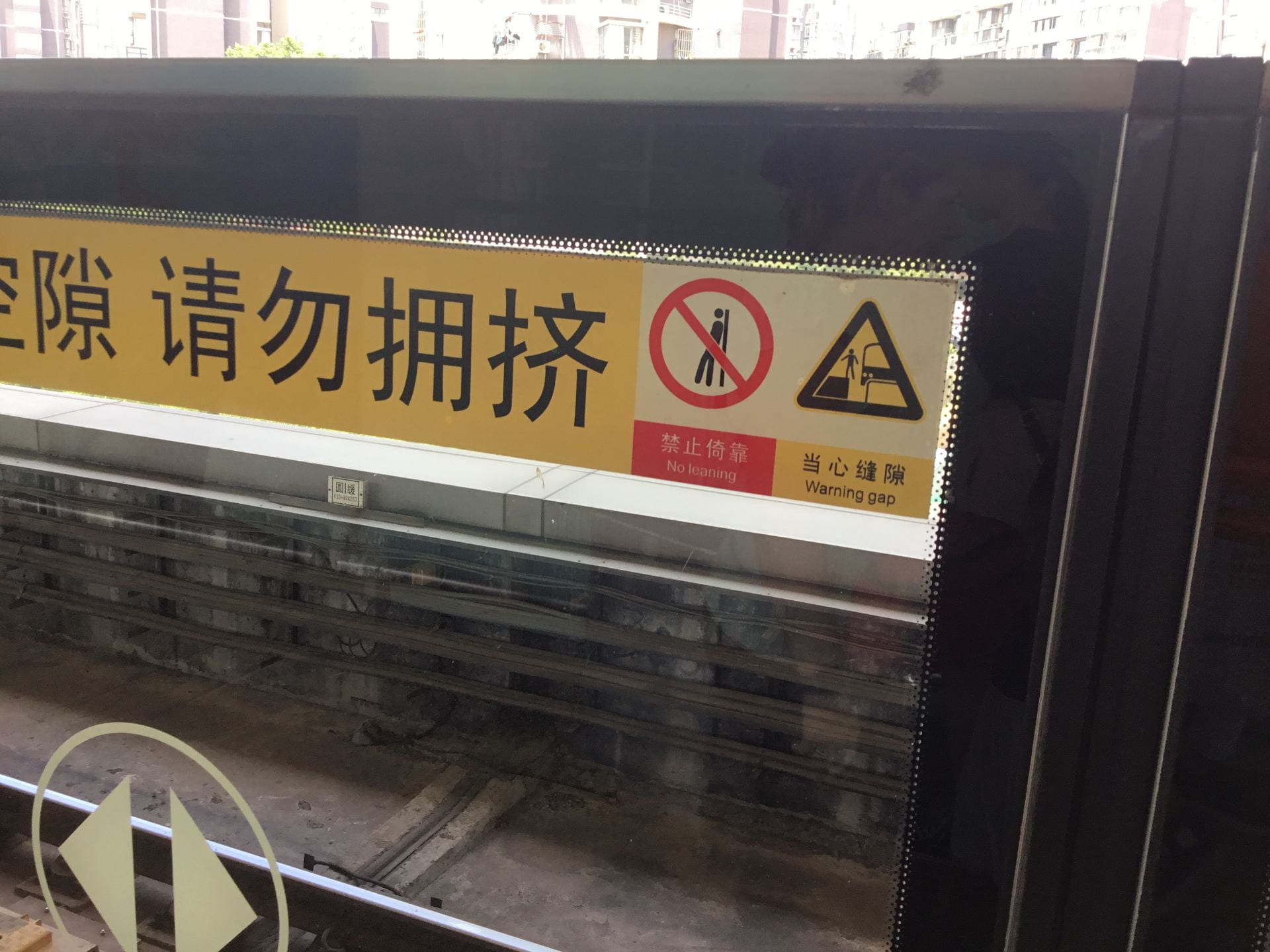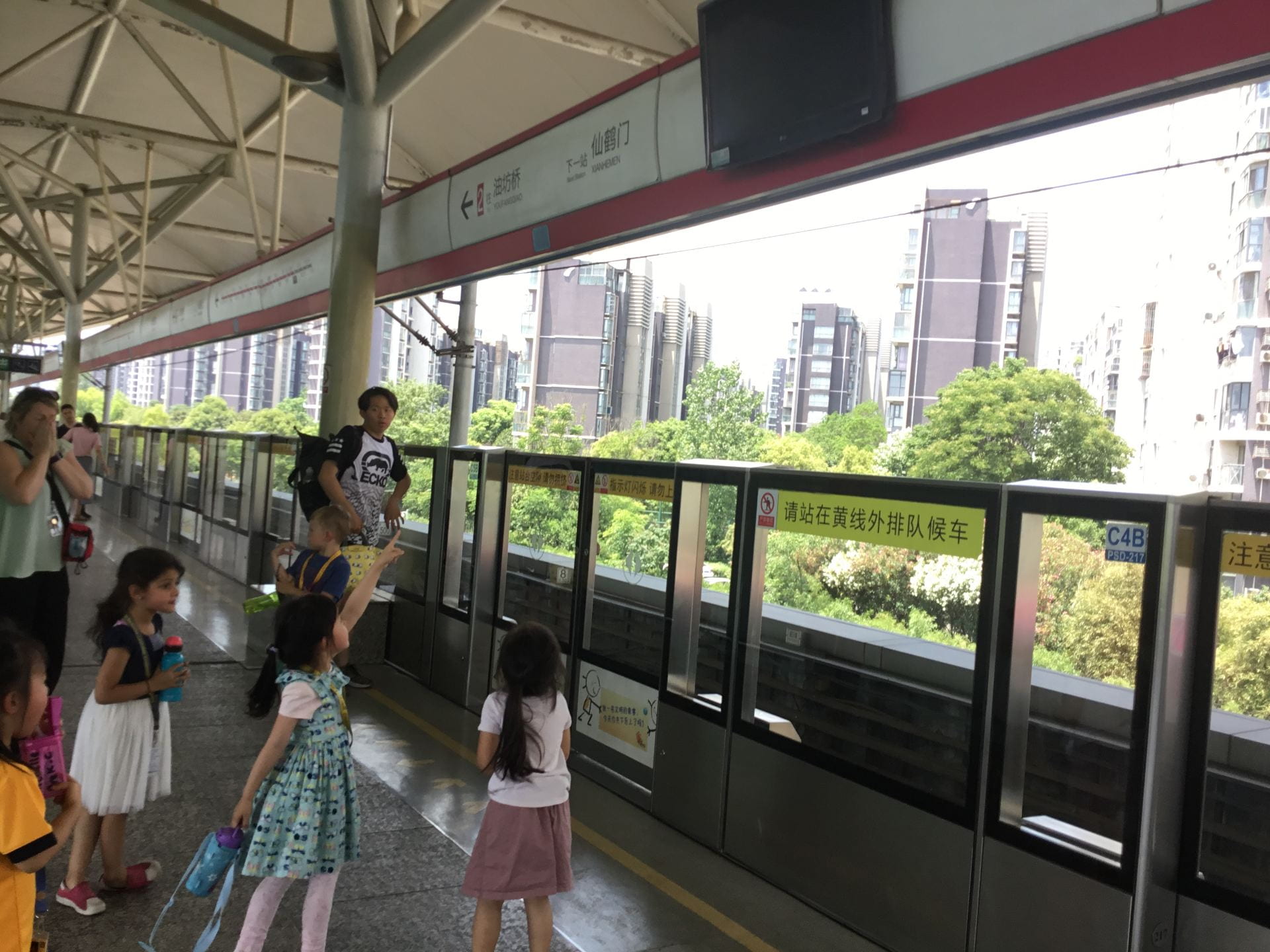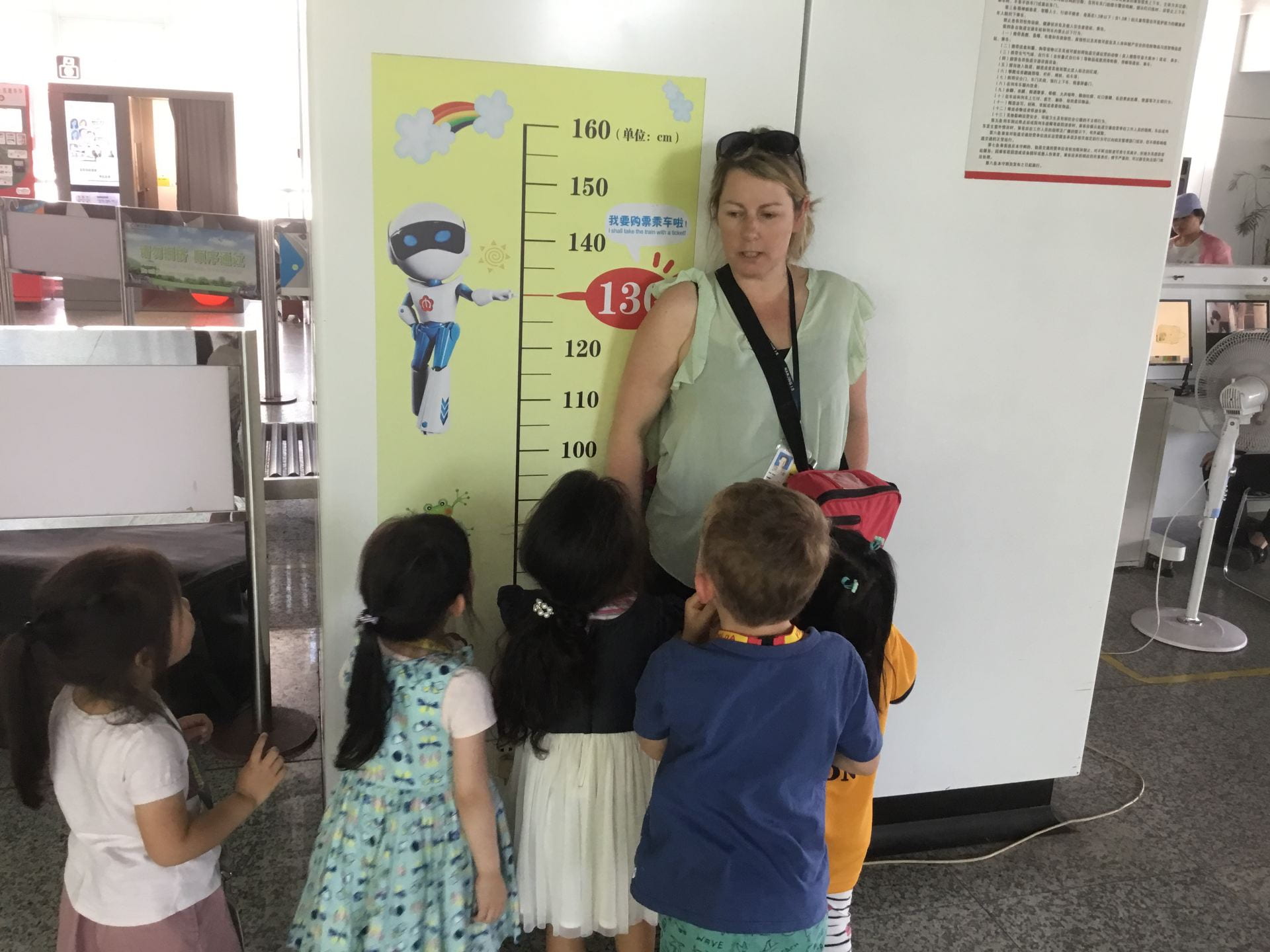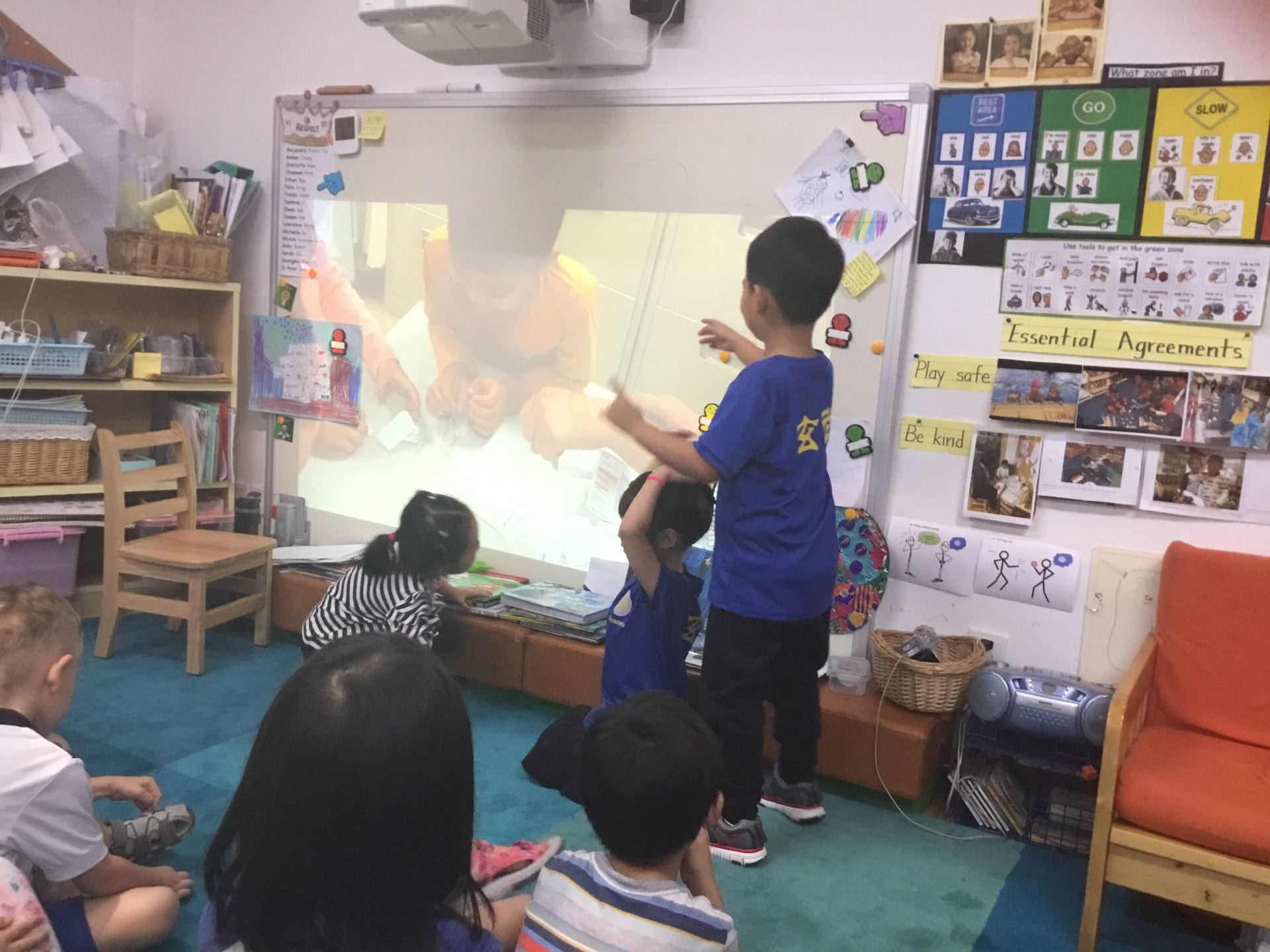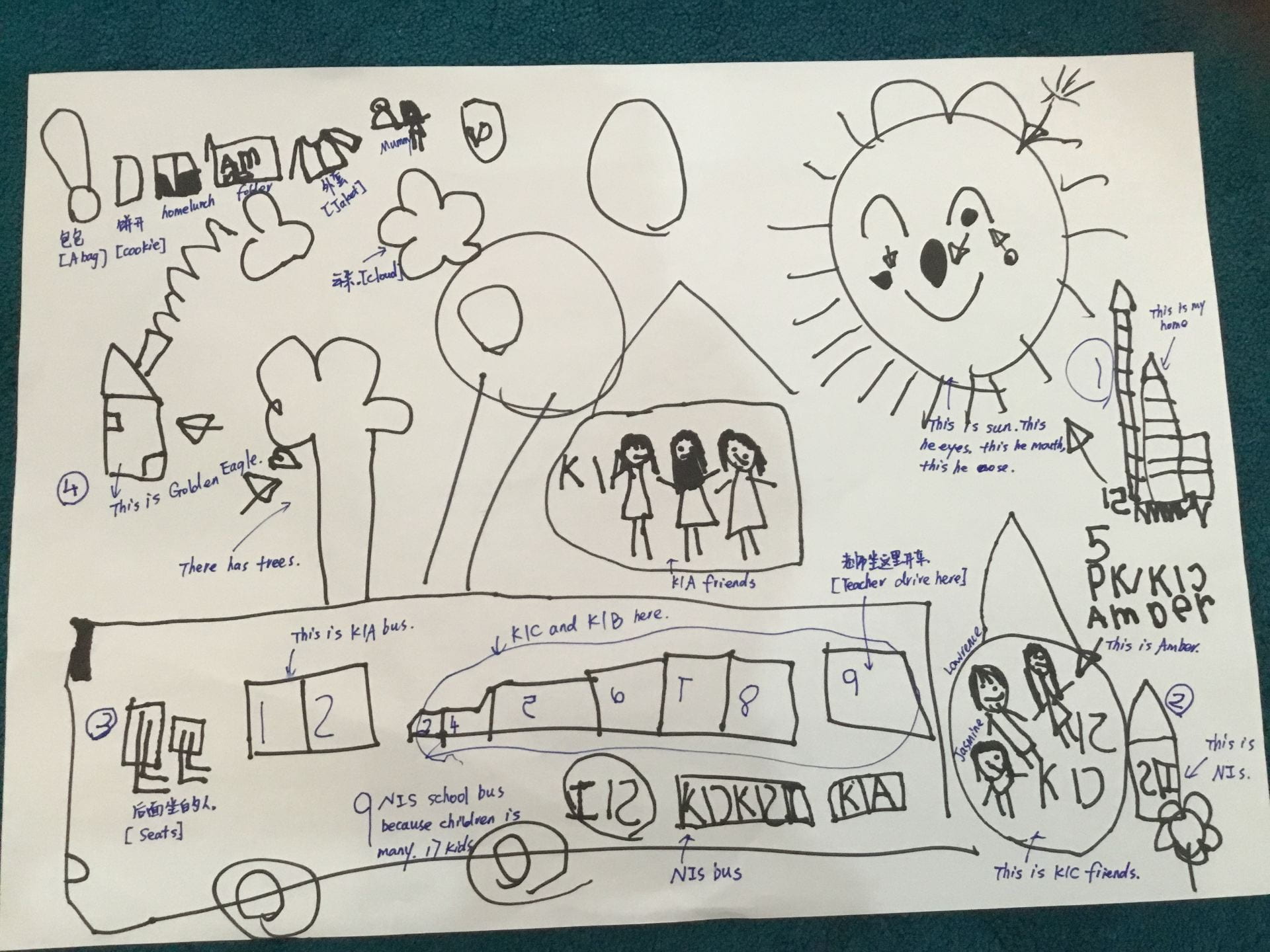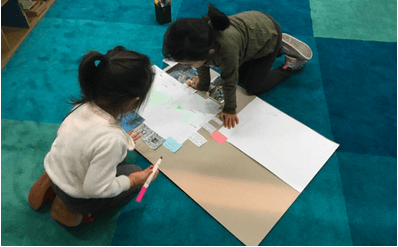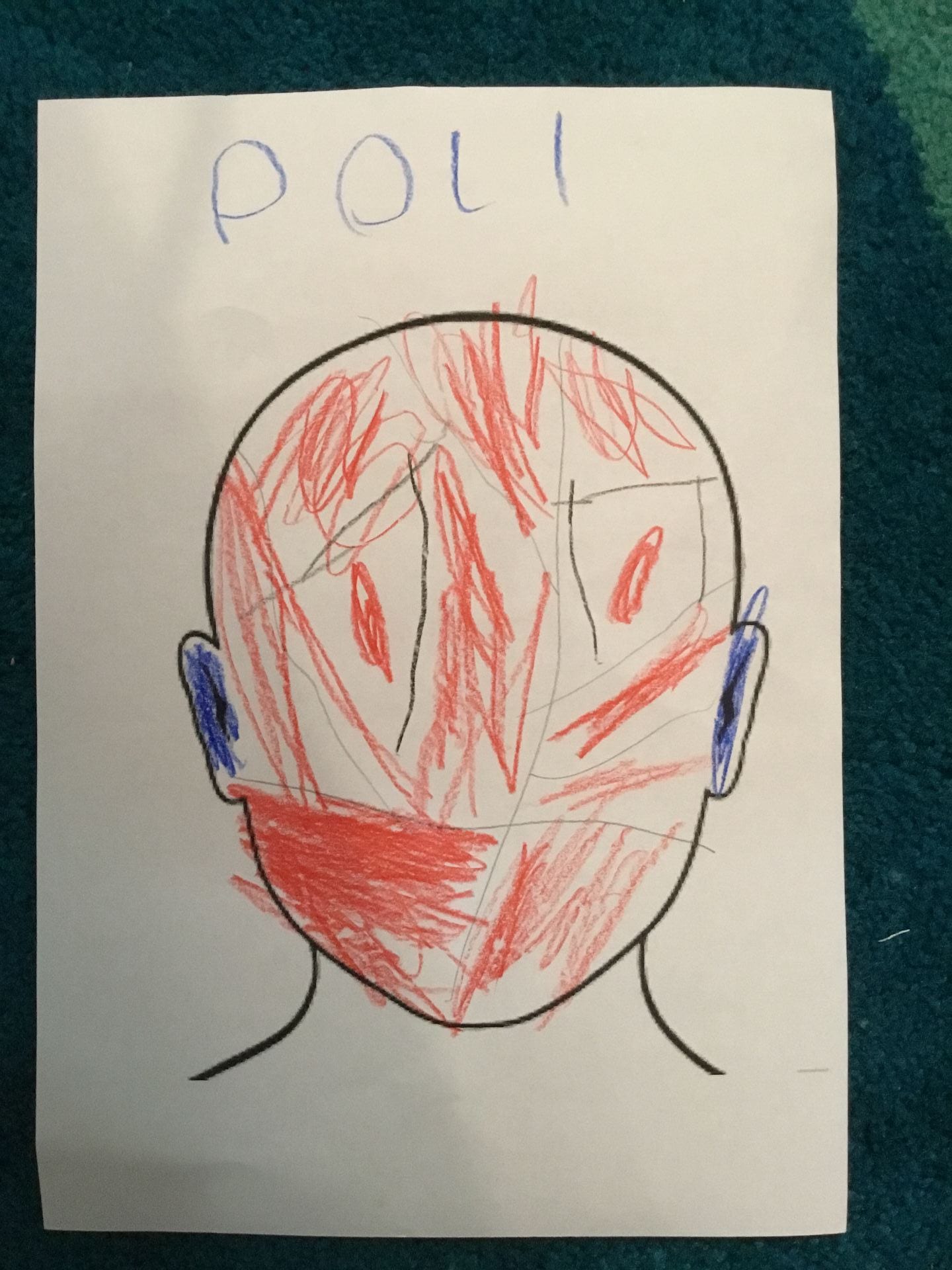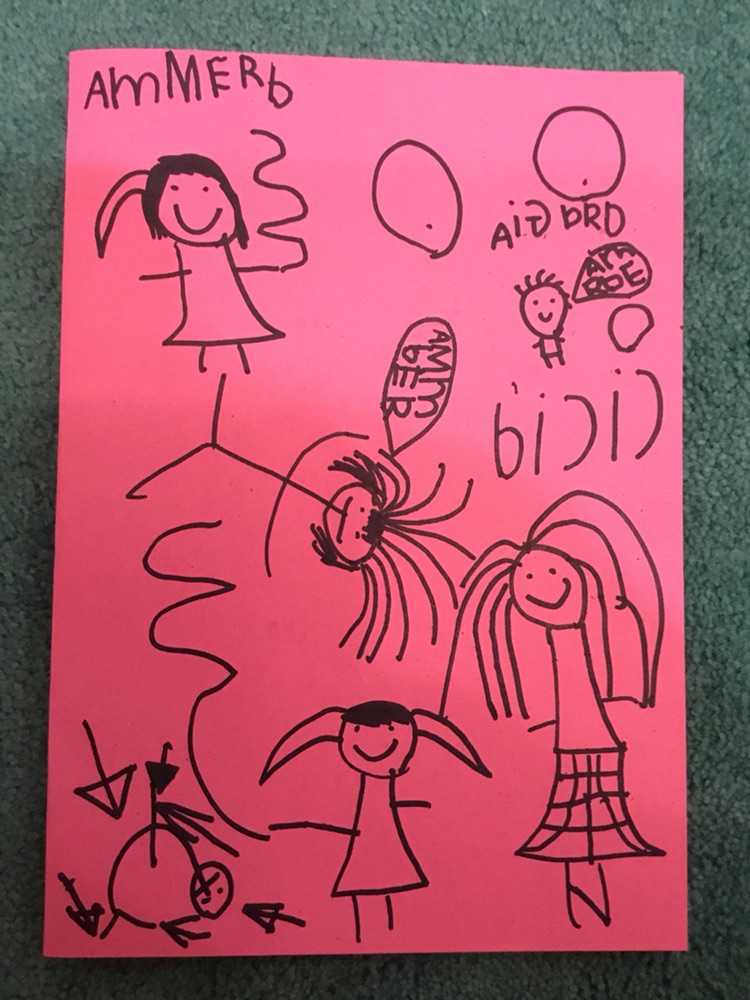The Prototypes
Over the last few weeks, the students have been creating their prototypes based on their design plans and related research. They have continued to add more details and descriptions to their initial plans, thinking deeply about the different materials that are available and how they might use them to create the ‘MOST CHALLENGING‘ part of their design. The task would need to meet the following criteria.

Design Plans and Prototypes
- The Air Cleaner
- The Air Cleaner (Challenge: Robot Hands)
- The House with Swimming Pool
- The Swimming Pool (Challenge: Automatic Pool Cover)

- The House on the Mountain (Challenge: The Hot Water Tank)
- The Switch House (Challenge: Automatic Entrance)
- The Glass Pyramid (Challenge: Stone Stairway)
- The Whirlpool
- The Whirlpool (Challenge: Water Wheel)

- The Hotel
- (Challenge: The Hotel Slide)

- The Science Laboratory
- The Science Laboratory (Challenge: The Elevator)
- The House with a Pool
- The House with a Pool (Challenge: The Balcony)

The House with a Pool (Challenge: The waterfall)
- Challenge: The Crocodile Water Fountain
- The Crocodile Water Fountain Plan

- The House
- Hogwarts Castle (Challenge: The Automatic Doors)

The Hotel on the Water (Challenge: The Slide with 2 loops)

The Prototypes
The students have been moving between the design rooms and the classroom, testing and choosing from a range of materials to fit a purpose. The students persevered, working at their own pace, talking to others about the challenges and how they were learning through trial and error.
Personal Reflections
The students have been documenting their learning journey, reflecting on challenges and how they have found solutions through the design process.
We consider reflection an import part of the learning process. Therefore, students were encouraged to document their own learning journey while reflecting on the following:
- what has been done (process)
- the materials (What materials did you use? Why?)
- the challenges (difficult parts/jobs)
- the solutions (What did you do? What made it work?)
- the skills (research, thinking, self-management, social and communication skills)
- what has been learned (What have you learned from/through the steps/tasks?)
- feelings and emotions

The students are working on putting together a Design Journal to share their individual learning story. These will be presented at their final presentation to the community.
Conceptual Understandings: Students understand that:
- a push or a pull affects how an object moves or changes shape (Physics).
- different materials can be combined for a particular purpose (Chemistry).
- science involves observing, asking questions about, and describing changes in, objects and events.
- we solve problems during the creative process by thinking critically and imaginatively.
- designs grow out of natural curiosity.
- skills can be developed through play.
- technologies are tools that extend human capabilities
Students were able to:
- demonstrate control of tools, materials and processes.
- identify, plan and make specific choices of materials, tools and processes.
- to identify the stages of their own and others’ creative processes.
- make predictions, experiment, and anticipate possible outcomes.



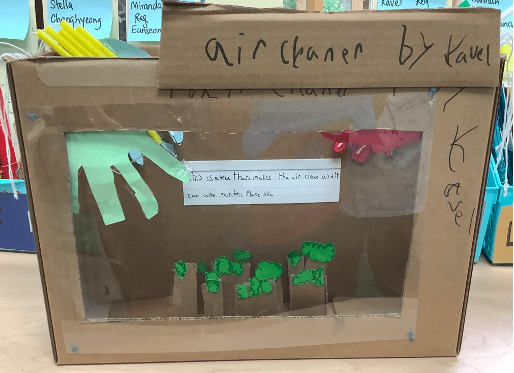








































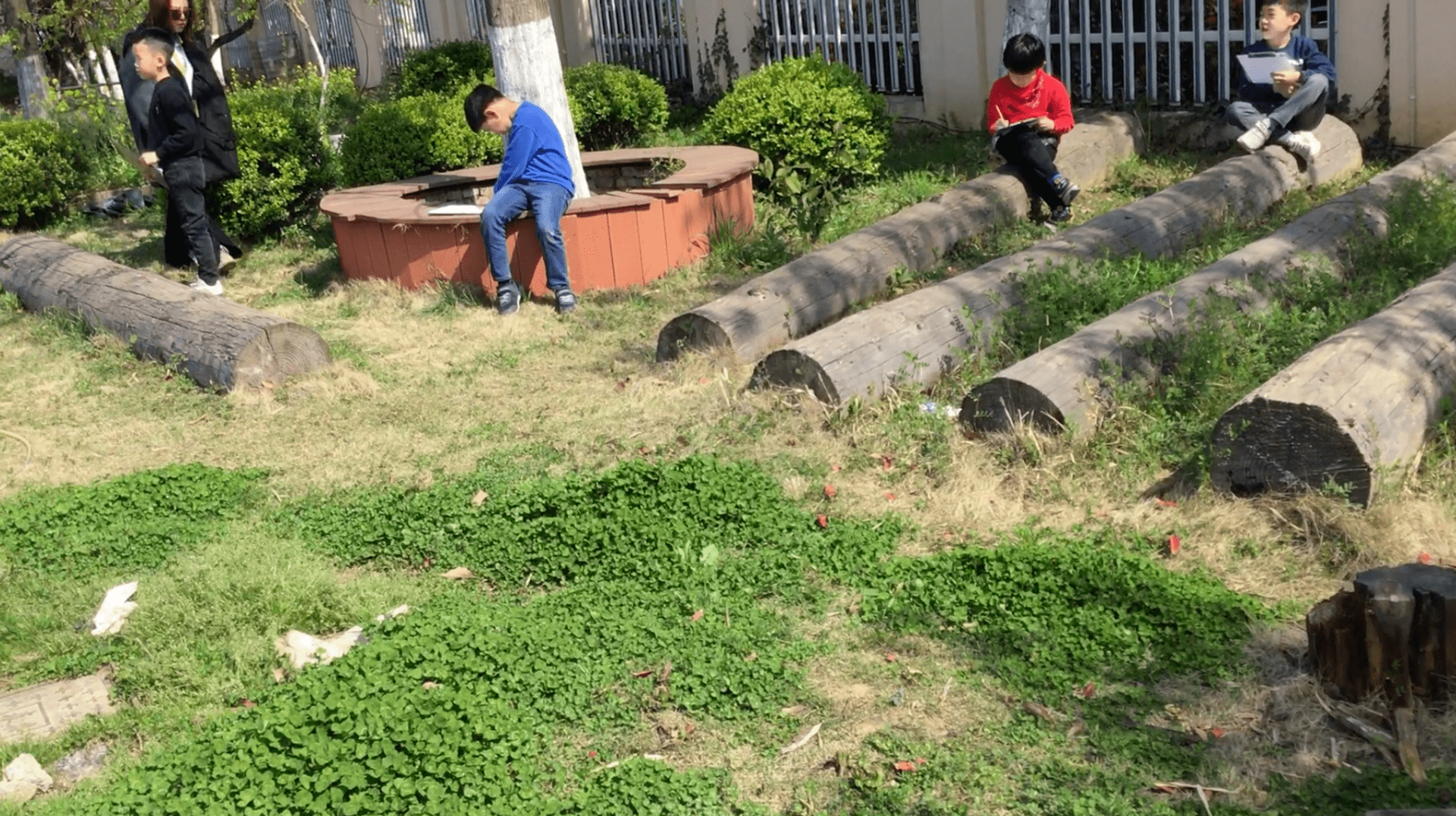






































































































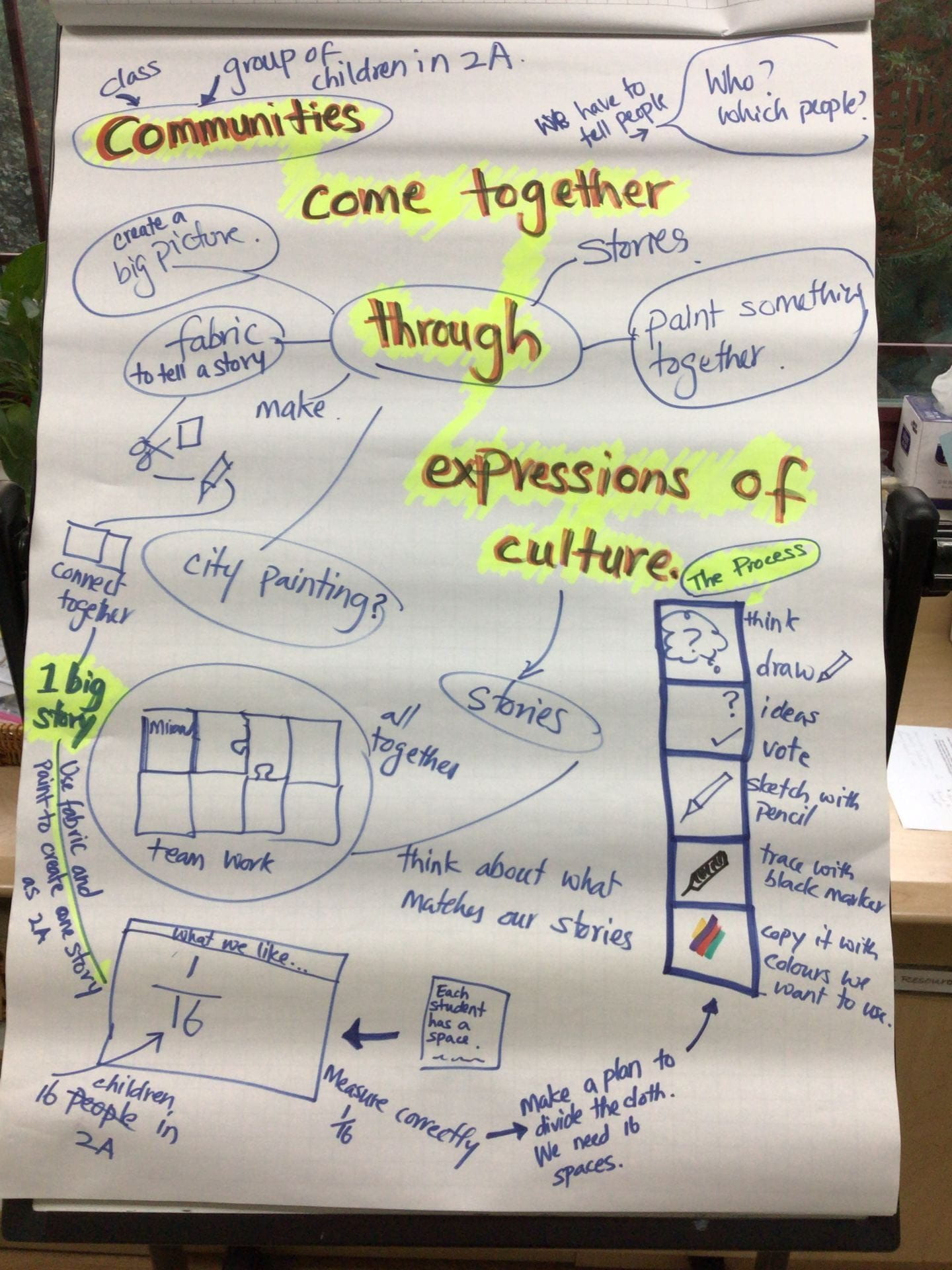




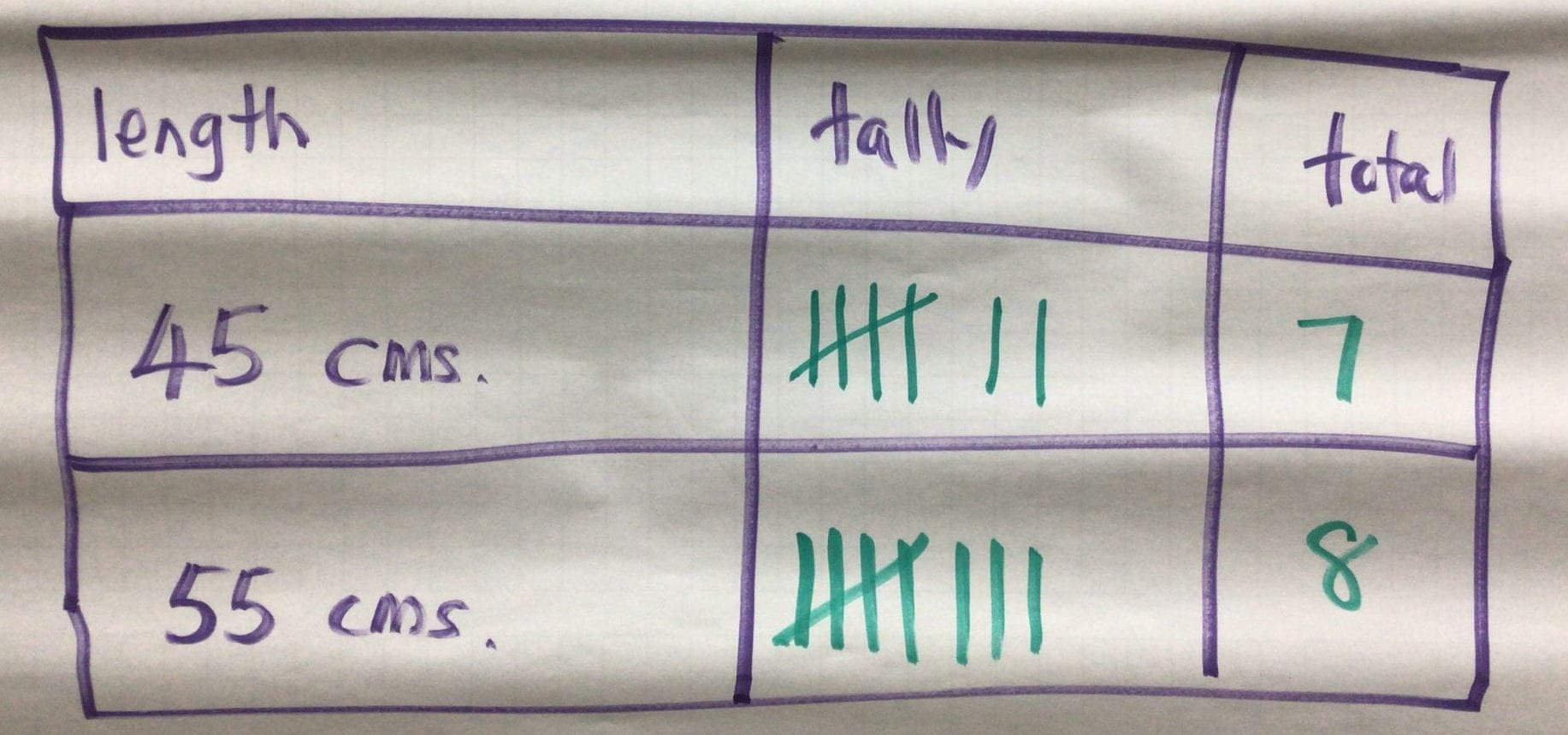








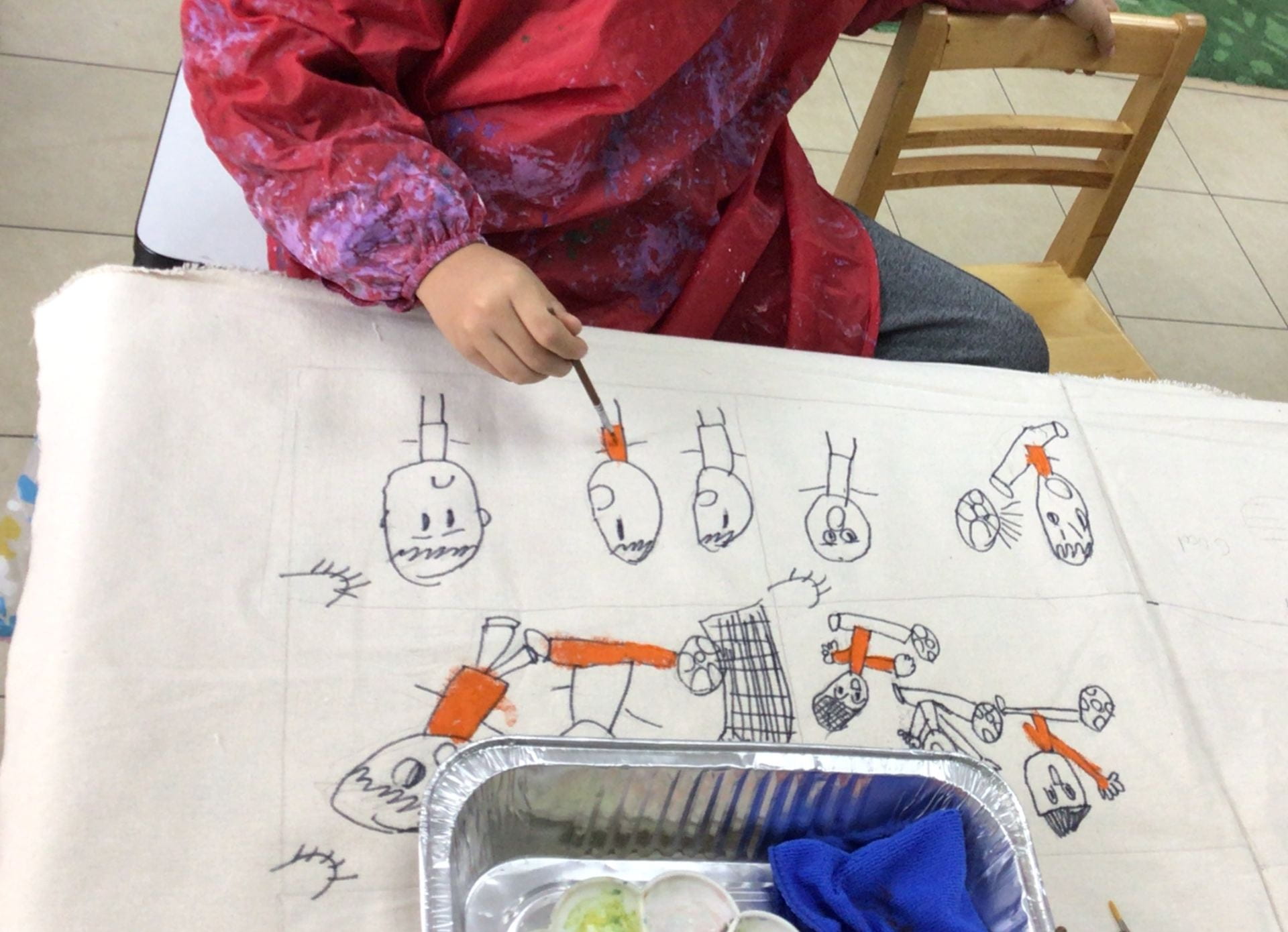















































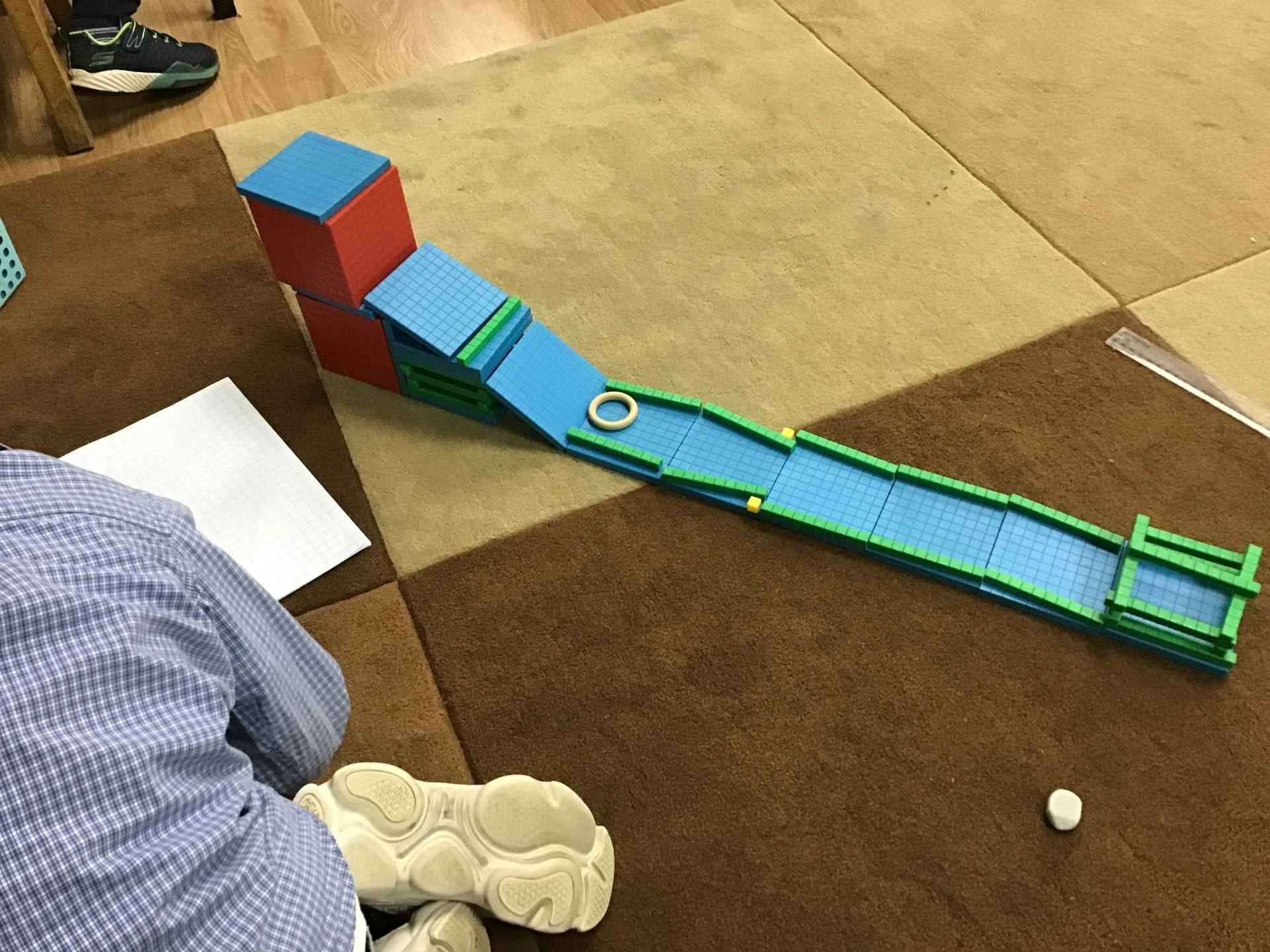


































 We encouraged the students to reflect on the information we shared during our group discussion. Our goal is to encourage the students to makes these choices independently.
We encouraged the students to reflect on the information we shared during our group discussion. Our goal is to encourage the students to makes these choices independently.










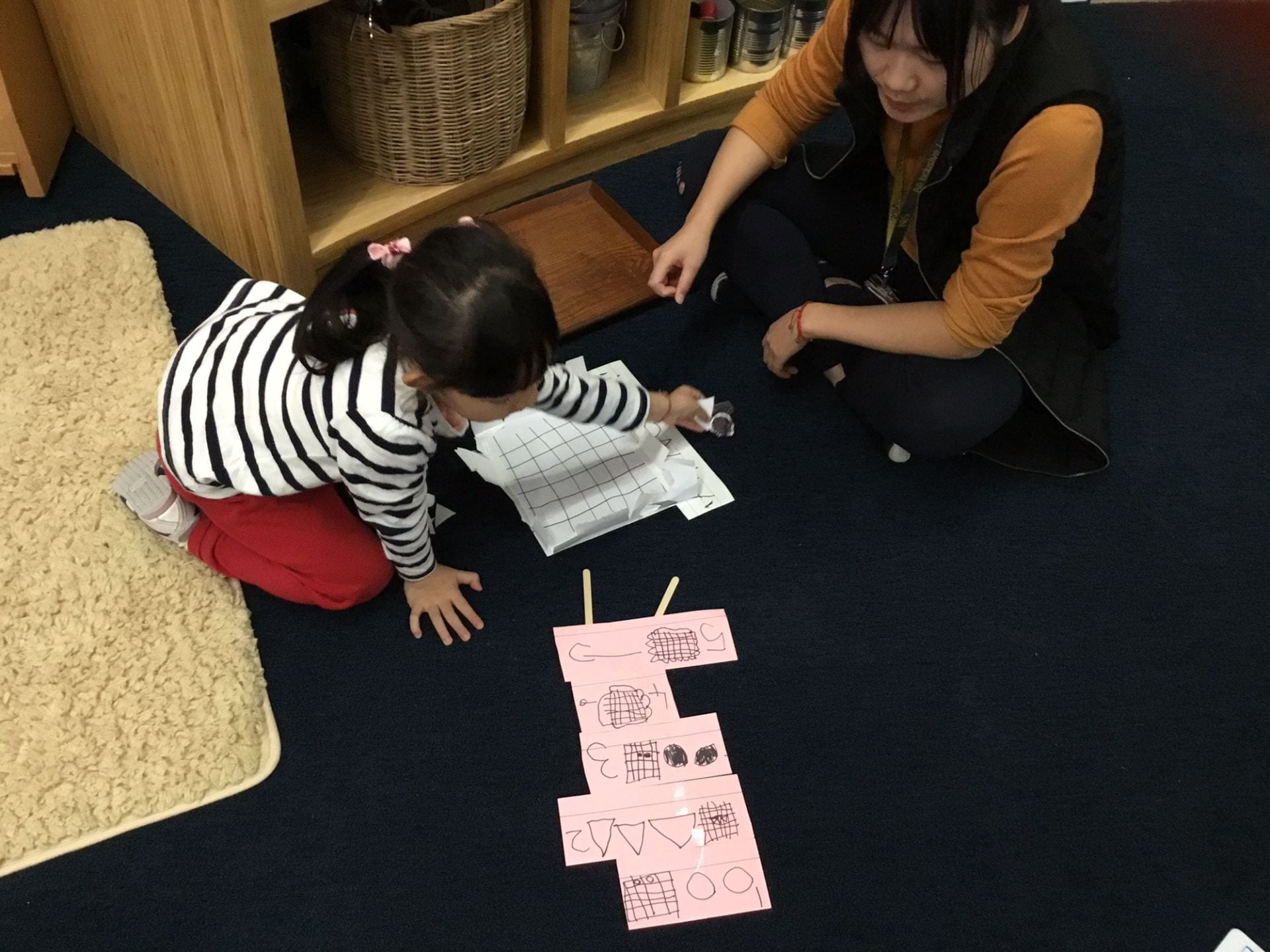



















 We have
We have 







 Each group took turns to prop them up at different angles, arrange them in cozy corners, as they worked together to create and organize their stories.
Each group took turns to prop them up at different angles, arrange them in cozy corners, as they worked together to create and organize their stories.









 We looked at a picture on the screen. Michelle quickly stated that she recognised the picture. She has been there before. There were many animals there.
We looked at a picture on the screen. Michelle quickly stated that she recognised the picture. She has been there before. There were many animals there.



 We recalled signing up to go on the bus. A group of children from PreK-K1B came by a while ago to collect the data, to see how many busses we needed to order. They have booked the bus for us.
We recalled signing up to go on the bus. A group of children from PreK-K1B came by a while ago to collect the data, to see how many busses we needed to order. They have booked the bus for us.


















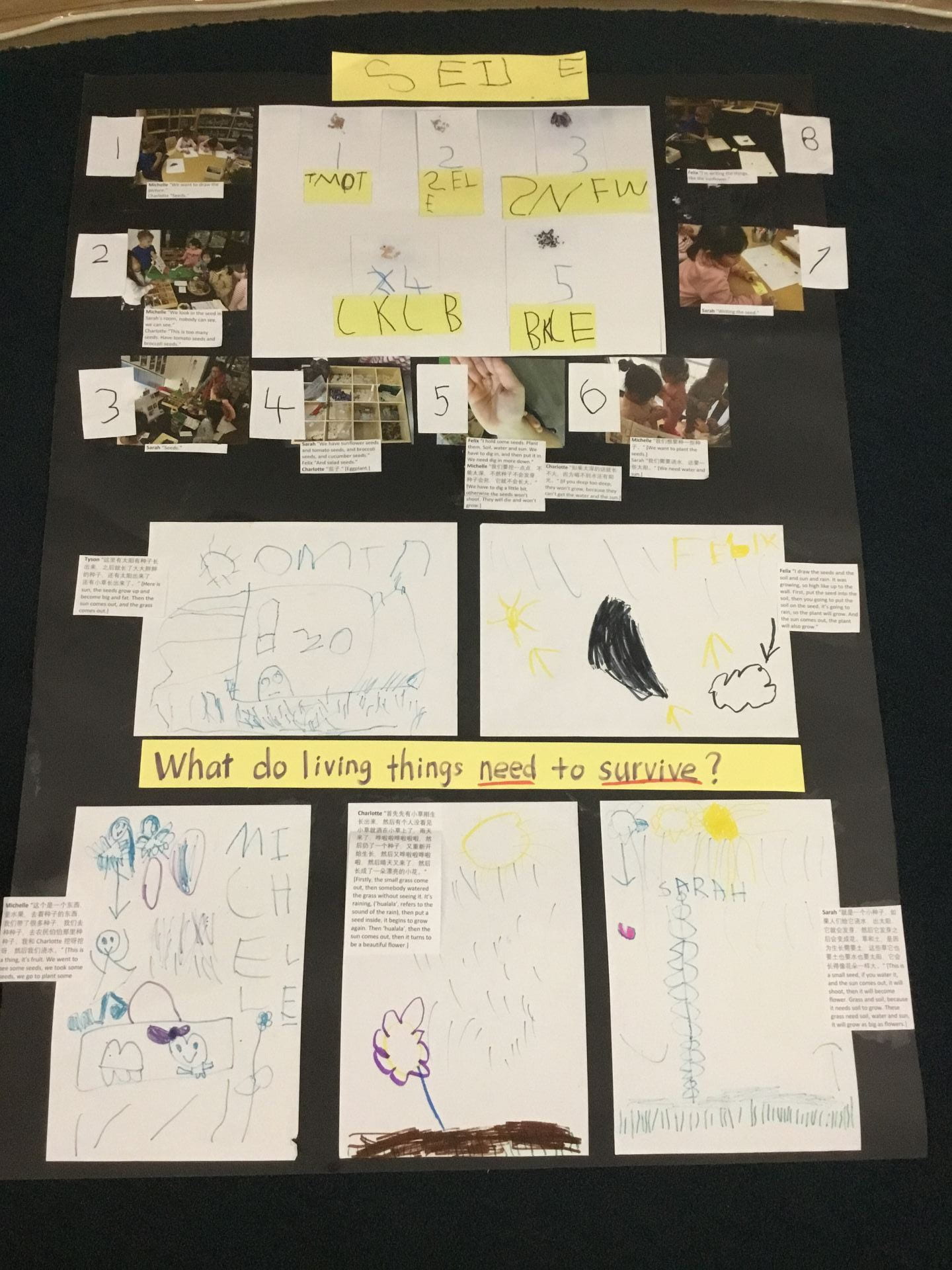







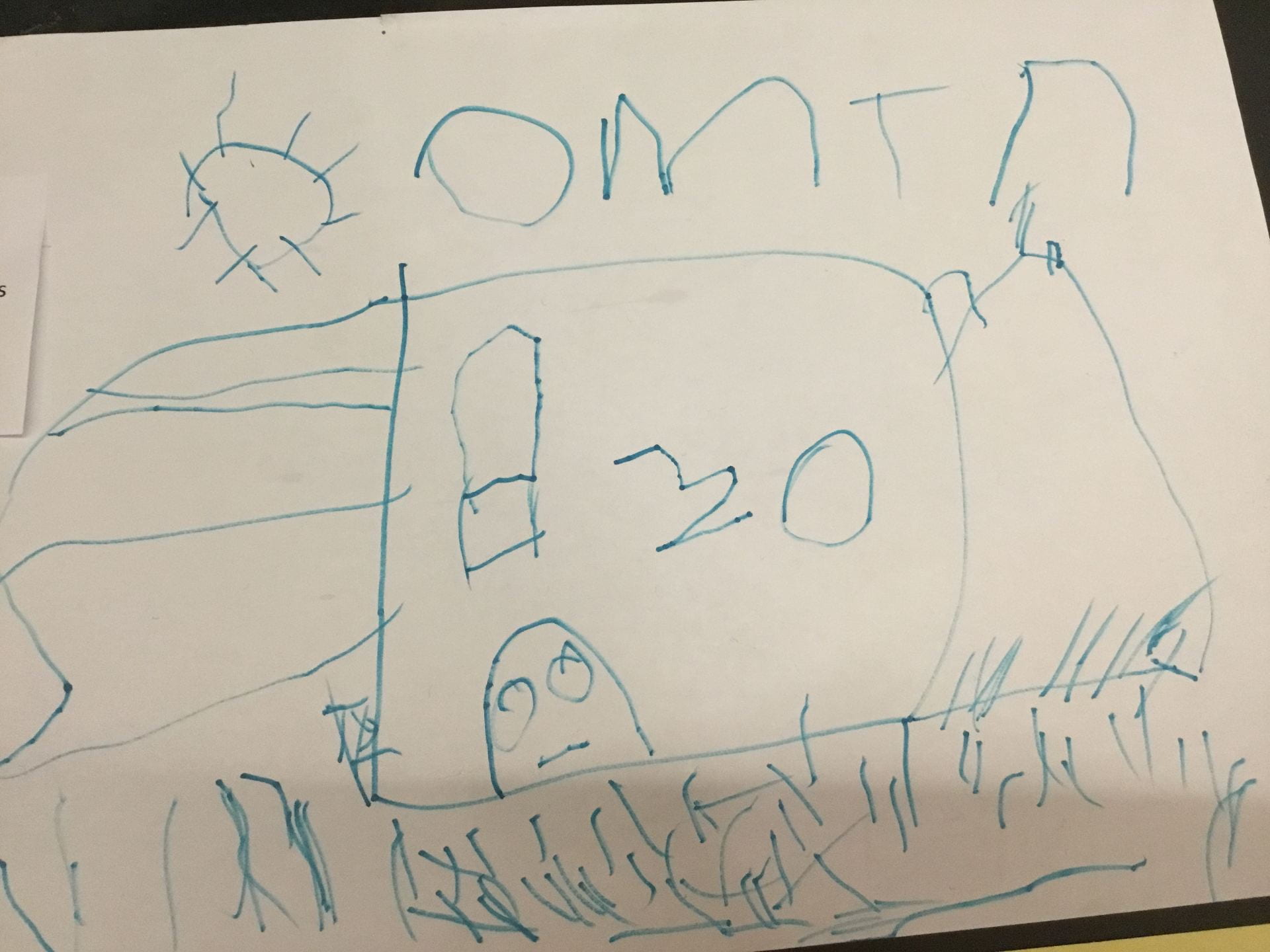














 They discussed the projects and decided to share their thinking and questions with the creators.
They discussed the projects and decided to share their thinking and questions with the creators.























































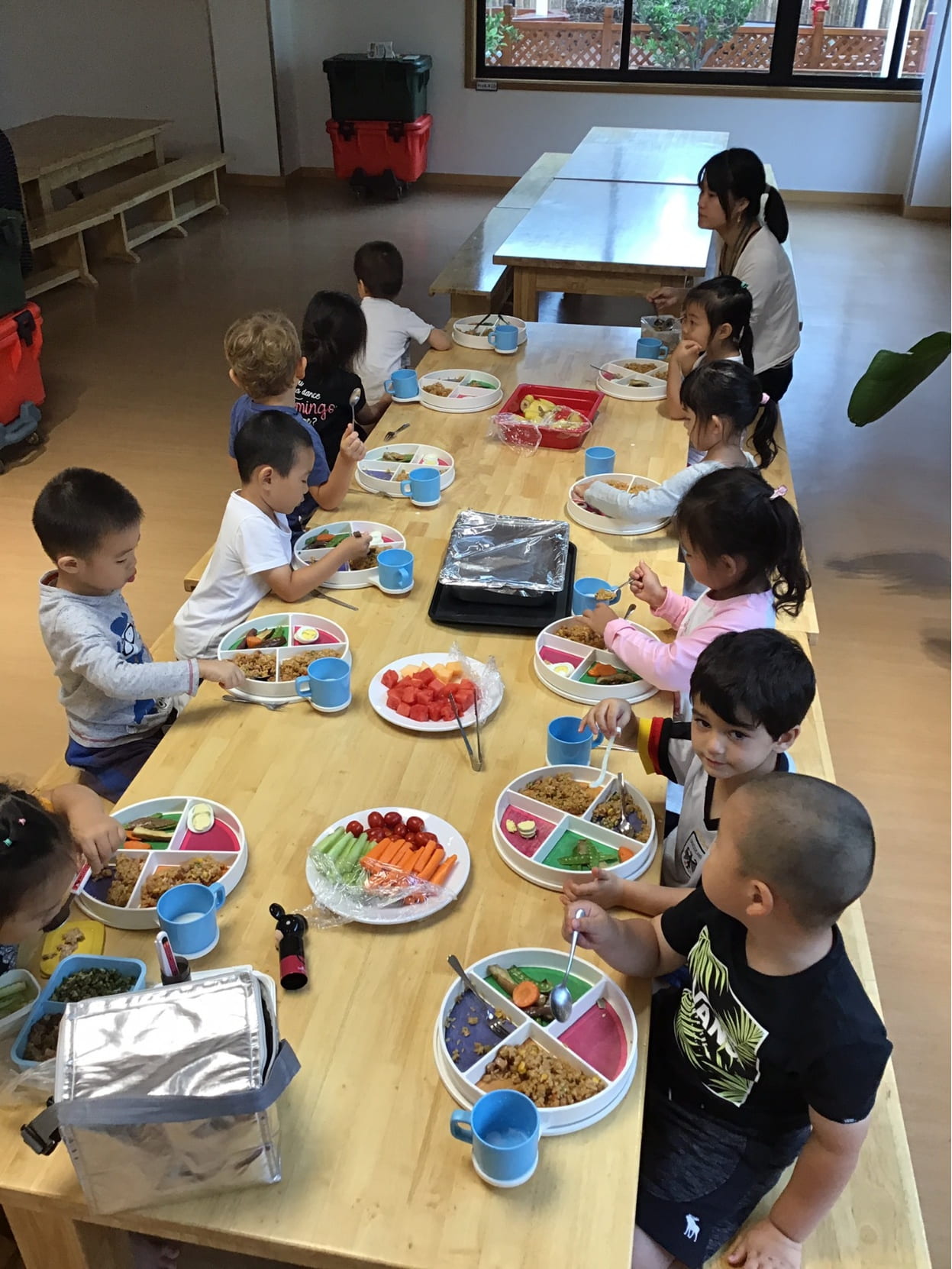



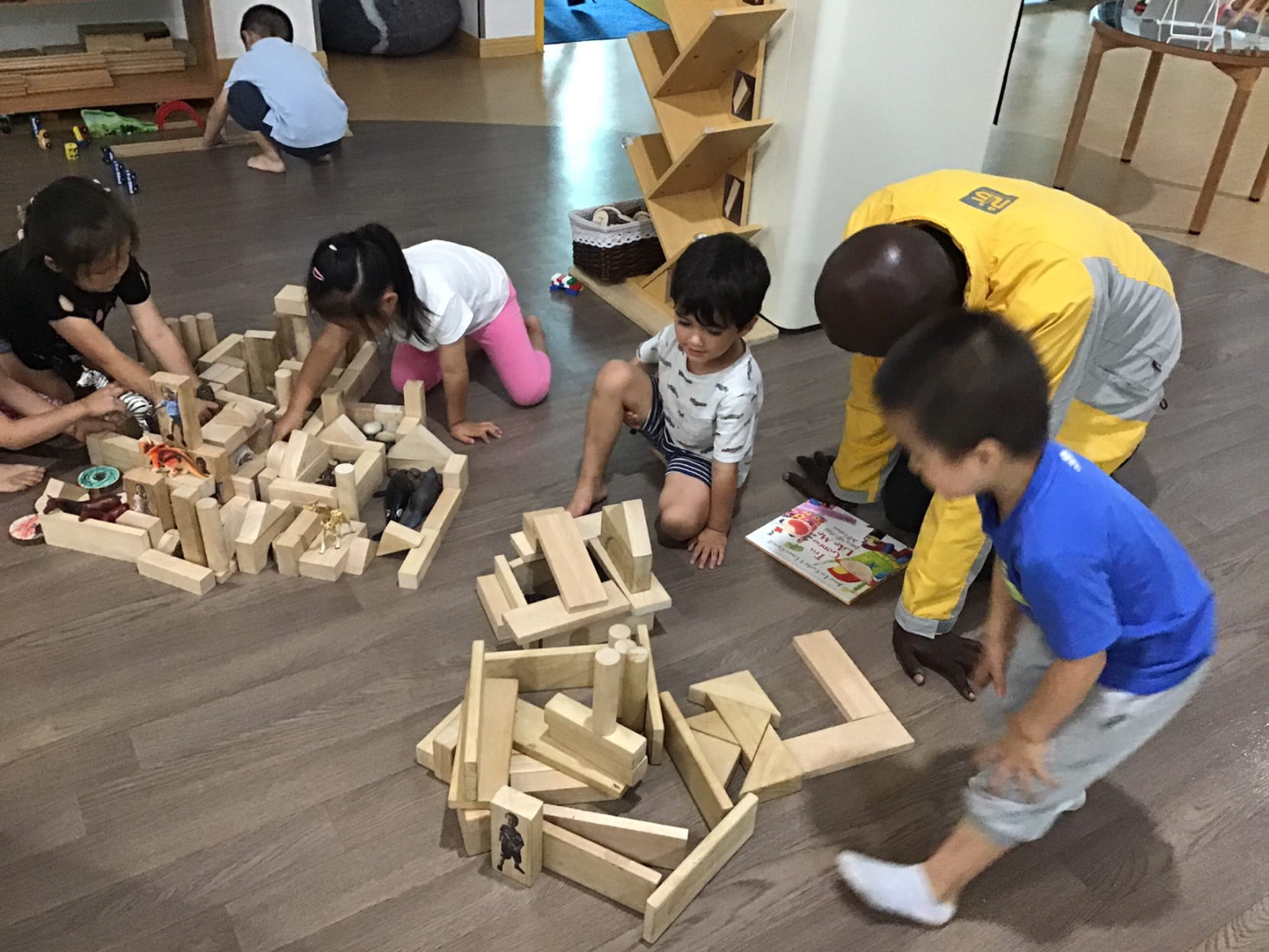






 They wanted to know if they could use the kitchen to prepare some food. After many discussions, they had
They wanted to know if they could use the kitchen to prepare some food. After many discussions, they had 
























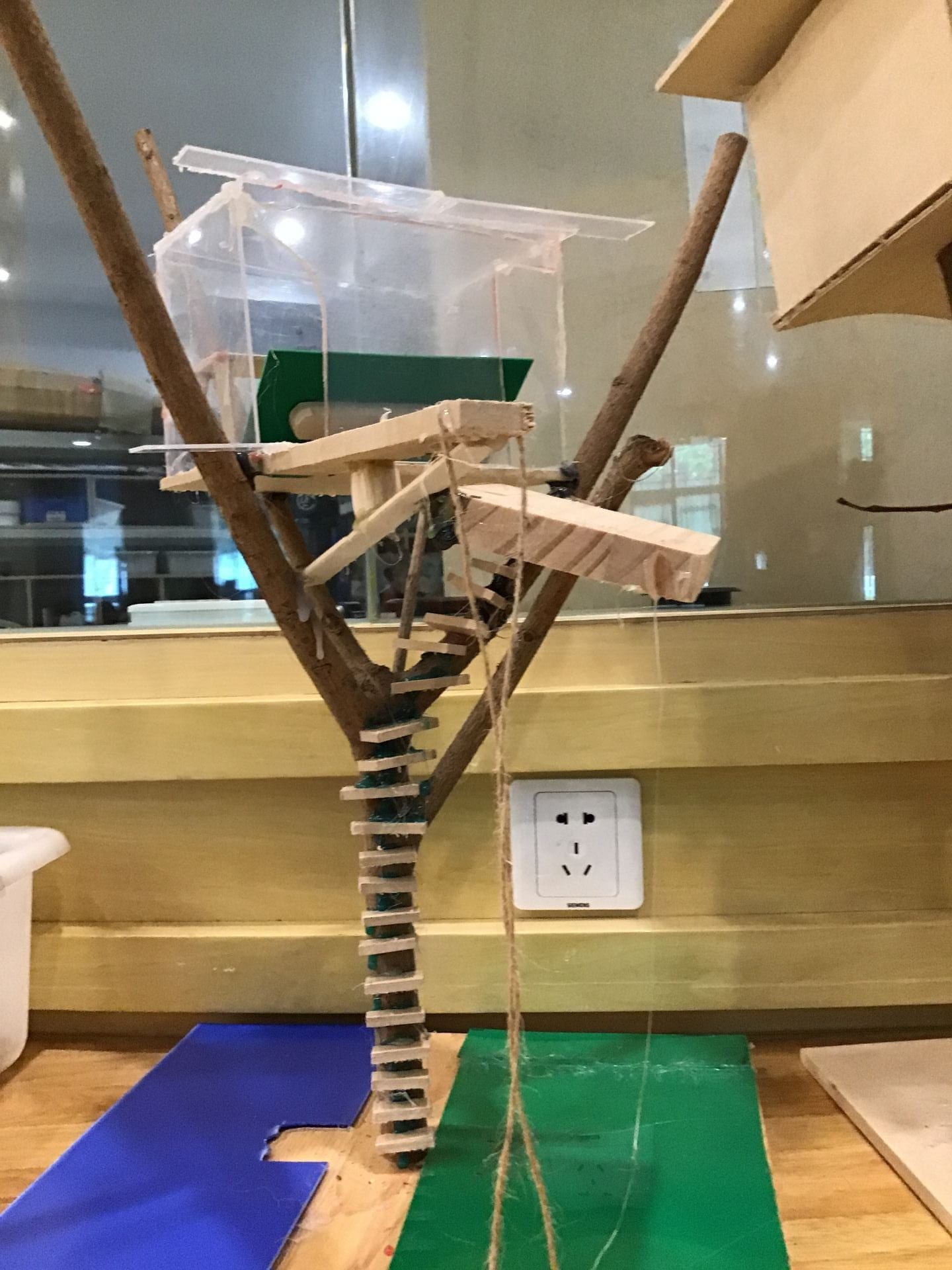







 The children were very excited to explore the new kitchen in the Early Years Centre. They visited the kitchen and used the thinking routine ‘See-Think-Wonder’ to document their ideas. They inquired into the ‘
The children were very excited to explore the new kitchen in the Early Years Centre. They visited the kitchen and used the thinking routine ‘See-Think-Wonder’ to document their ideas. They inquired into the ‘












 The children have been working hard to finish constructing the step ladder. Felix suggested that we could paint it! Nina and Yoochan joined in. Together they sat down and had a discussion, they created a ‘plan’ and a ‘design’.
The children have been working hard to finish constructing the step ladder. Felix suggested that we could paint it! Nina and Yoochan joined in. Together they sat down and had a discussion, they created a ‘plan’ and a ‘design’.


















































